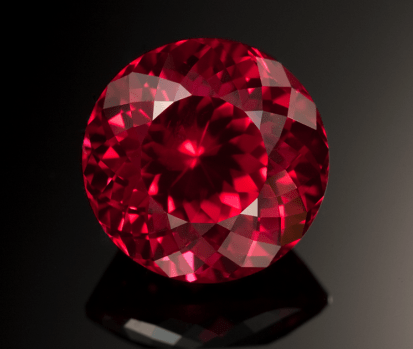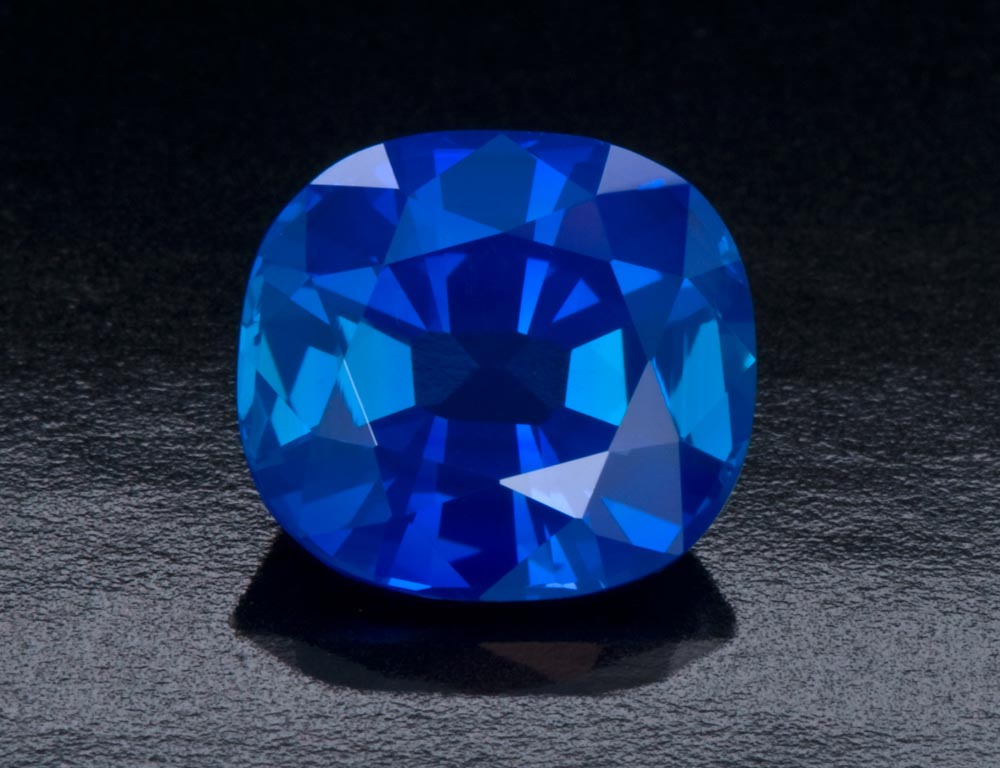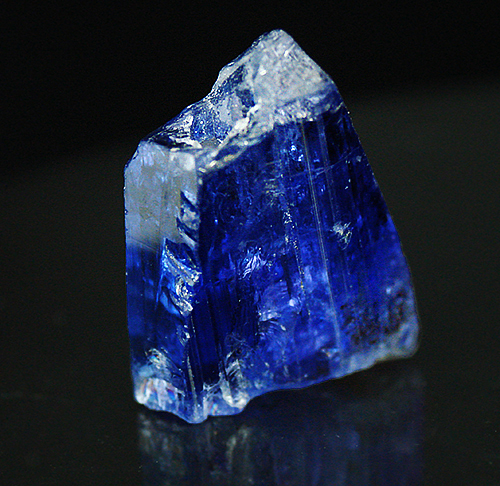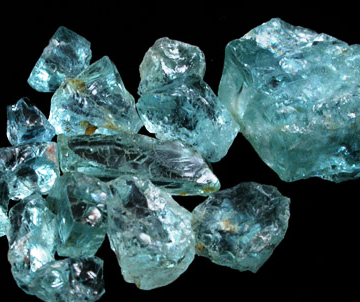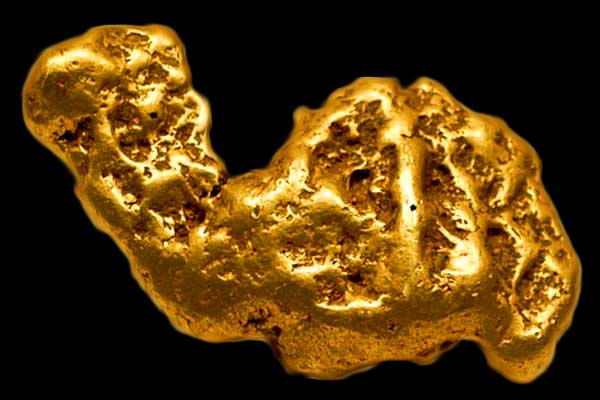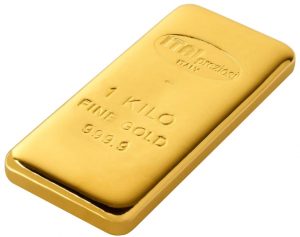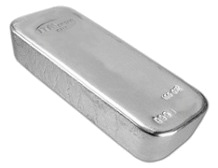| Chemical Formula | C |
| Hardness | 10 |
| Crystal System | Isometric |
| Refractive Index | 2.417 – 2.419 |
| SG | 3.1 – 3.5 |
| Transparency | Transparent to opaque |
| Double Refraction | None |
| Luster | Adamantine |
| Cleavage | 1, all sides – octahedral. Dodecahedral Diamonds and Borts exhibit poor cleavage or no cleavage at all. |
| Mineral Class | Diamond |
Precious Minerals
The Precious Gemstone Diamond
Diamond has many unequalled qualities and is unique among minerals. It is the hardest substance, it is the greatest conductor of heat, it has the highest melting point of any substance (7362° F or 4090° C), and it has the highest refractive index of any natural mineral. Diamond is number 10 on the Mohs scale and is 40 times harder than Corundum, which is number 9 on the Moh’s scale. It also has the densest atomical configuration of any mineral and is transparent over the greatest number of wavelengths. Because of heat conduction, Diamonds are cold to the feel at or below room temperature. When heated, a Diamond will remain hot long after the heat known source is removed.
The lustre of Diamond is excellent. Diamond exhibits great “fire” and brilliance, which gives it a shiny, freshly polished look. Rough Diamonds exhibit a greasy lustre, but proper cutting gives them a powerful adamantine luster. Only synthetic substances and a few minor gemstones can reach or excel the refractive index of Diamonds.
The hardness and refractive index may slightly vary among Diamond specimens. Bort and Carbonado exhibit a slightly lower hardness than other Diamonds and lack cleavage. Lonsdaleite (also known as Hexagonal Diamond), is a type of Diamond found with meteorites and is of extraterrestrial origin. It is scientifically a different mineral than Diamond and believed to have formed when meteoric Graphite fell to earth. When this happened, great heat and stress transformed the Graphite into Diamond, but it retained Graphite’s hexagonal crystal lattice.
The Precious Gemstone Emerald
Emerald, the green variety of Beryl, is the most famous and valuable green gemstone. Its beautiful green colour, combined with durability and rarity, make it one of the most expensive gemstones. Deep green is the most desired color in Emeralds. In general the paler the colour of an Emerald, the lesser its value. Very pale coloured stones are not called Emeralds but rather “Green Beryl”. They are sometimes heat treated, which causes their colour to turn blue and transform into Aquamarine.
The ancient source of Emeralds in the old world was from Egypt, but their quality was not exceptional. However, the Native South American civilizations such as the Incas have had high-quality Emeralds from the mines of Colombia, which have traditionally produced the highest quality Emeralds and continue doing so.
Emeralds can be transparent and gemmy, in which case they are extremely valuable, or they can be opaque or semi-opaque forms which are much more common and not as valuable.
Emerald Color & Purity evaluation
Most experts feel that emeralds should be in the medium to the medium-dark range – think 70% to 80% using the GIA scale. Emeralds that are too light will appear washed out or if they are too dark (tending toward black) they will lose the vivid green an emerald should have. Saturation – Saturation ranges from “greyish/brown” to “vivid”. Think of the word “intensity” when evaluating saturation. There are 6 GIA levels of saturation. Too intense a saturation will make an emerald appear black or and too low an intensity it will appear greyish. Either saturation extreme in effect destroys the hue of the stone. So look for an emerald where the intensity does not affect its vividness.
The Precious Gemstone Ruby
Ruby is distinguished for its bright red colour, is the most famed and fabled red gemstone. Beside for its bright colour, it is a most desirable gem due to its hardness, durability, lustre, and rarity. Transparent rubies of large sizes are even rarer than Diamonds. Ruby is the red variety of the mineral Corundum. Sapphire, the other gem variety of Corundum, encompasses all colours of Corundum aside from red. In essence, Ruby is a red Sapphire, since Ruby and Sapphire are identical in all properties except for colour. However, because of the special allure and historical significance, Ruby has always been classified as an individual gemstone and is never identified as a form of Sapphire (though some purplish-red colors may straddle the line of being classified as either Ruby or Sapphire).
Ruby Color & Purity evaluation
Red tone in a ruby should be between 75 and 80 percent to be ideal. Rubies should not be too dark or too light in tone. If they are below 60% they will appear washed out and those with tone above 80% will be very dark. Gems that are less than 50% tone are by definition pink sapphire and not ruby.
The Precious Gemstone Sapphire
| Chemical Formula | Al2O3 |
| Color White | Colorless, Blue, Green, Yellow, Orange, Brown, Pink, Purple, Gray, Black, Multicolored |
| Hardness | 9 |
| Crystal System | Hexagonal |
| Refractive Index | 1.76 – 1.77 |
| SG | 3.9 – 4.1 |
| Transparency | Transparent to opaque |
| Double Refraction | .008 |
| Luster | Vitreous to adamantine |
| Cleavage | None, but may exhibit parting |
| Mineral Class | Corundum |
The most valuable colour of Sapphire is a cornflower blue colour, known as Kashmir Sapphire or Cornflower Blue Sapphire. Another extremely valuable Sapphire form is the very rare, orange-pink Padparadscha. An exotic type of sapphire, known as Color Changing Sapphire, displays a different colour depending on its lighting. In natural light, Color Changing Sapphire is blue, but in artificial light, it is violet. (This effect is the same phenomenon well-known in the gemstone Alexandrite). Yellow and pink Sapphire has recently become very popular, and are now often seen in jewellery.
Sapphire often contains minor inclusions of tiny slender Rutile needles. When present, these inclusions decrease the transparency of a stone and are known as silk. When in dense, parallel groupings, these inclusions can actually enhance by allowing polished Sapphires to exhibit asterism. Sapphire gems displaying asterism are known as “Star Sapphire”, and these can be highly prized. Star Sapphire exists in six ray stars, though twelve-ray stars are also known.
Sapphire is a tough and durable gem, and the only natural gemstone harder than Sapphire is Diamond. Despite this, Sapphire is still subject to chipping and fracture if handled roughly, and care should be taken to ensure it is properly handled. Sapphire was first synthesized in 1902. The process of creating synthetic Sapphire is known as the Verneuil process. Only experts can distinguish between natural and synthetic Sapphire.
Sapphire Color & Purity evaluation
For sapphire, the force of the blue shade is the essential component in deciding quality. The perfect stone shows an exceptional, rich blue without being dull or inky. Stones which are excessively dim and inky, or excessively light in color, are less exceptionally esteemed.
The Gemstone Tanzanite
Tanzanite is the blue to violet gem variety of the mineral Zoisite. Since its relatively recent discovery in 1967, it has become a mainstream and popular gemstone and is used extensively in jewellery. To date, Tanzanite is found only in the Arusha region of the African country of Tanzania, and it was named after its country of origin.
The name Tanzanite was coined in 1969 by Henry Platt, the vice-president of prominent jewellery company Tiffany and Co. Tiffany expended much effort marketing this new gemstone with its new name, and Platt’s efforts paid off with this gemstone becoming extremely popular in a short period of time. The name Tanzanite caught on and is now a standard name in the gem trade.
The main appeal of Tanzanite is its lovely colour. Its colour ranges from pure blue to purplish-blue. It is highly pleochroic and will display different colour saturation when viewed at different angles. Planning is required when faceting a Tanzanite gemstone in order to cut it at an angle that delivers the stronger blue colour rather than the duller grey tone. Care must also be exercised during faceting to prevent chipping since this gemstone has perfect cleavage in one direction. For this same reason, Tanzanite jewellery should not be banged against hard surfaces and should be worn carefully.
Tanzanite Color & Purity evaluation
Tanzanite is a relatively soft for the gemstone. This places somewhat of a limitation on its uses and care must be taken to protect it from being scratched. Tanzanite also has a low resistance to ultrasound and should not be cleaned with ultrasound cleaners as this may cause the gemstone crack. Although Tanzanite has a lovely colour and appeal, it does have several limitations in its durability.
The Gemstone Aquamarine
Aquamarine is a relatively common gemstone and is affordable in lighter colours. Deeper colours can command high prices. Some enormous transparent crystal masses of Aquamarine have been found, and exquisite gems weighing thousands of carats have been cut from them.
The light blue to blue-green colour of Aquamarine may fade upon prolonged exposure to light, so it is especially important to purchase this gem from a reliable dealer. Aquamarine is a hard and durable gem, but it may develop internal cracks if banged hard.
Light blue Topaz is easily mistaken for Aquamarine. The colours of these two gems can be identical, and their physical properties are very similar. Topaz is generally less expensive, and some fraudulent dealers may sell their Topaz as Aquamarine.
Unlike Emerald, Aquamarine gems are often completely flawless. Aquamarines with visible flaws are rarely seen. The costs of producing synthetic Aquamarine are very high when compared to the relative abundance of this gem, so synthetic Aquamarine is generally not produced for the gemstone market.
Aquamarine Color & Purity evaluation
The Mineral Gold
Symbol (Au) (from Latin: aurum) and atomic number 79
Gold is one of the most popular and well-known minerals, known for its value and special properties since the earliest of time. Most of the natural Gold specimens that have been found since early times have been smelted for production. Nice specimens, therefore, are regarded very highly and are worth much more than the standard gold value. Only recently have more specimens been available to collectors, as more miners have been saving some of the larger pieces for the collectors market.
Gold in its natural mineral form almost always has traces of silver, and may also contain traces of copper and iron. A Gold Nugget is usually 70 to 95 percent gold, and the remainder mostly silver. The colour of pure Gold is bright golden yellow, but the greater the silver content, the whiter its colour is. Much of the gold mined is actually from gold ore rather than actual Gold specimens. The ore is often brown, iron-stained rock or massive white Quartz, and usually contains only minute traces of gold. To extract the gold, the ore is crushed, then the gold is separated from the ore by various methods.
Gold nuggets, a popular form of Gold with collectors, are formed when erosion causes a large piece of Gold to separate from its mother rock and then gets carried into a stream or river. The flowing water tumbles the Gold, giving it its distinct rounded shape. The Gold eventually settles at the bottom of the water, and due to its heaviness remains there. Other nuggets also get caught in the same area, forming a placer deposit.
Gold is one of the heaviest minerals. When pure, it has a specific gravity of 19.3. Due to its weight, it can be panned because the Gold sinks to the bottom. In addition, it can be easily separated from other substances due to the weight differences. Gold is also the most malleable and ductile substance known. It can be flattened out to less than .00001 of an inch (less than .000065 cm), and a 1 oz. (28 gram) mass can stretch out to a distance of over 50 miles (75 kilometers). Gold is also one of the most resistant metals. It won’t tarnish, discolour, crumble, or be affected by most solvents. This adds on to the uniqueness and allure of this mineral.
Gold is usually associated with Pyrite and other sulfides, and sometimes may not be noticed because of the association with these resembling minerals. In certain localities, minerals that contain these sulfides are heated high enough for the sulfides to dissolve, enabling the Gold to remain intact on the matrix. Such Gold is known as “Roasted Gold”, and is occasionally sold to collectors.
Purity of Gold
The Mineral Silver
925 and 950 Silver Jewelry
925 Silver Jewelry, It’s an alloy of 92.5% of silver and 7.5% of copper. It’s the most common silver used in jewellery.
950 Silver Jewelry, This one is an alloy of 95% silver and 5% copper. 950 silver jewellery is the purest silver that you can find in the world of jewellery.
Fine Silver (Ag)
Investment grade or fine, silver is 99.9 percent (.999) pure or better. The Silver Maples produced by same refineries are 99.99 percent (.9999) pure silver. But pure silver has some qualities that can be undesirable in particular applications. It is soft and bendable, and oxidizes easily producing a tarnish. Jewellery makers and other users of silver often mix silver with other metal to make it more suitable for their purposes. Silver of between 92.5 percent purity and fine is called sterling silver.
Sterling Silver
The standard content of sterling silver is 92.5 percent (.925) silver and 7.5 percent copper. The presence of the copper increases the hardness of the alloy, making it less likely to bend. It also slows down the rate of oxidation so silver jewelry and flatware don’t tarnish as quickly as fine silver. Sterling silver is usually identified with a marking of “925” or “star” on the bottom or rear of a sterling silver piece.






